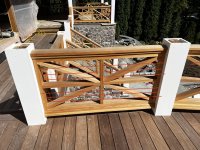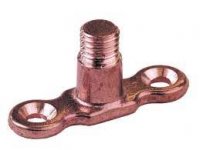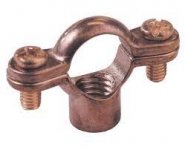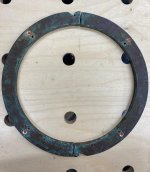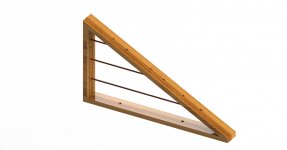Carpenter-Logan
Member
- Joined
- Oct 4, 2022
- Messages
- 2
So i have been assigned to figure out how we are going to fasten copper rods to the out door patio hand rails the gaps are to wide open and go against code. the home owners do not want mess or anything but copper rods running horizontal. I was thinking of routering a channel for the rods to sit in flush with the face of the boards then router a space for 1/4 pipe brackets and use that to attach the wood. then take a piece of wood to cover the brackets. any other ideas?[attachimg=1]

